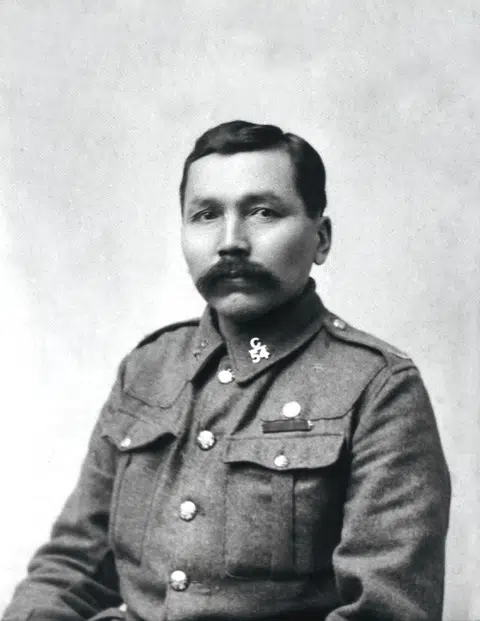
How one man helped build a nation at Vimy Ridge
KAMLOOPS — Tomorrow, I’m going down to Merritt to emcee an event honoring a man I’ve admired much of my life, though I never knew him.
He was the son of a brother of my great-grandfather. I know, family trees can be complicated.
Since Sunday is the 100th anniversary of the Battle of Vimy Ridge, it seemed like a good time to pay our respects to George McLean, who won the Distinguished Conduct Medal for gallantry at Vimy.
His father was Allen McLean, who was hanged for murder in 1881 along with two brothers and another kid. I guess no family is perfect.


